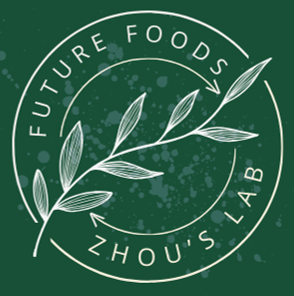Bioactive compound-loaded nanoparticles (2023-Now)
Introduction
Bioactive compound-loaded nanoparticles have garnered significant attention for their potential applications in food, pharmaceuticals, agriculture, and environmental sustainability.
- Curcumin-loaded nanoparticles for developing health-promoting foods
Among these, curcumin-loaded nanoparticles stand out for harnessing the powerful antioxidant, anti-inflammatory, and anticancer properties of curcumin. Despite their promise, existing production methods face critical challenges. Traditional approaches typically involve extracting phenolic compounds from plant materials and subsequently incorporating them into biopolymer-based nanocarriers, such as proteins, polysaccharides, or lipids. These multi-step processes are resource-intensive, relying on high energy inputs, generating considerable carbon emissions, and often requiring environmentally hazardous organic solvents. Furthermore, the inefficiencies in these methods lead to substantial waste generation, both in byproducts and in the materials used for creating nanocarriers, further driving up costs and resource demand. These limitations highlight the pressing need for innovative, sustainable, and efficient strategies to produce phenolic compound-loaded nanoparticles at scale.
Figure 1. Formulation of curcumin-loaded nanoparticles from raw turmeric via a pH-based “raw-to-nano” strategy.
Reference
Gong, X.; Wang, M.; Zhou, H.* Harnessing pH for sustainable and effective synthesis of phenolic compound-loaded nanoparticles directly from raw plants. Food Chemistry 2025, 467, 142327. DOI: https://doi.org/10.1016/j.foodchem.2024.142327.

